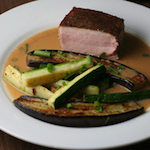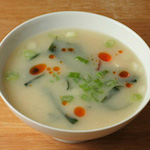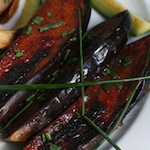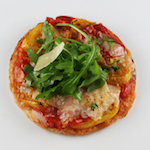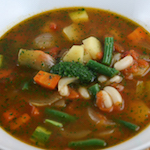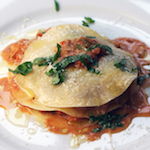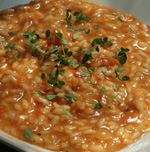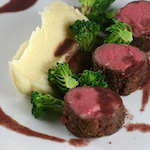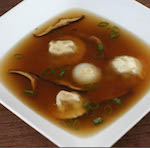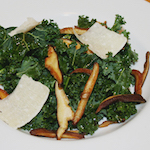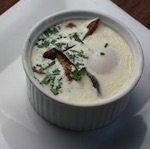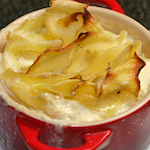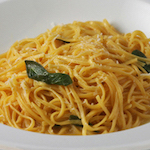Umami Rich Foods
The taste of umami goes back to 1908 when the active ingredient of seaweed kombu was identified as glutamate by taasIkeda (On a new seasoning: K Ikeda - J. Tokyo Chem. Soc., 1909). Ikeda identified the unique taste component of kombu (kelp) as the salt of glutamic acid and coined the term umami (Japanese for "yummy") to describe this taste. see Science of Umami for full readings.
Many other foods besides kelp are high in umami taste. We have listed our pick that we use regularly in daily home cooked dishes. We have also including links to some of the recipes.
Other high umami foods include Black Garlic, Squid Ink Seaweed/Kombu -- Rausu kombu: 2,290–3,380 mg Ma kombu: 1,610–3,200 mg Rishiri kombu: 1,490–1,980 mg Hidaka kombu: 1,260–1,340 mg Naga kombu: 240–1,400 mg Nori seaweed is also high in glutamate — providing 550–1,350 mg per 3.5 ounces (100 grams), Truffle/Truffle Butter, Anchovies(630 mg/100gms), Soy Sauce(400–1,700 mg/100gms), Fish Sauce/Oyster Sauce and Kimchi (240 mg of glutamate per 3.5 ounces (100 grams).
SEE UMAMI DATABASE here -->https://www.umamiinfo.com/richfood/
Miso Paste
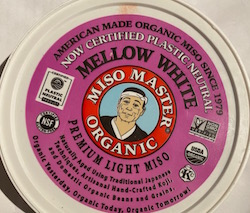
text here ---There are countless varieties of miso, made with a variety of grains and beans — including rice, barley, wheat, millet, adzuki beans, and garbanzo beans — that undergo fermentation with salt and koji (the mold Aspergillus oryzae). Depending on the type of miso there may be 200–700 mg/100gms of glutamate present.
Miso Recipes
Roasted Tomatoes
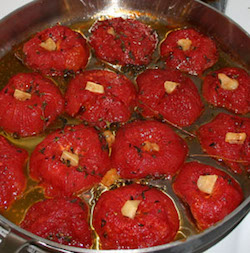
Recipes using Roasted Tomatoes
Fresh and Dried Shitake Mushrooms
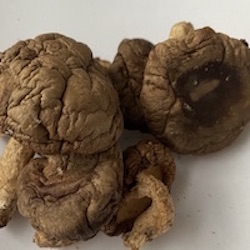
Recipes using dried shitake mushrooms
Aged Parmesan or Comté Cheese
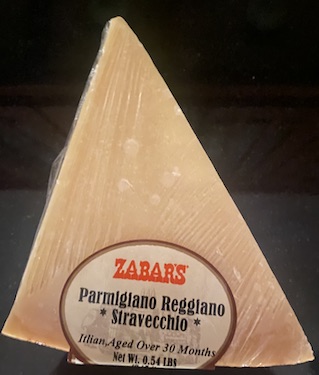
Parmigiano Reggiano Stravecchio is aged a full 36 months. At this age, it has a deeper, golden color. As cheese ages the moisture content reduces to about 15% and its free amino acid and salt content both become condensed. About 1.6% of Parmigiano-Reggiano is glutamate, the free amino acid which produces the umami taste. see umami information center
Comté cheese can be aged xx months and have 1600mg/100gm of glutamate
Recipes using aged parmesan or Comté
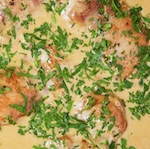
Not everyone tastes umami with the same intensity
There is substantial inter individual taste sensitivity variability. For instance, detection thresholds for MSG have been reported to follow a multimodal distribution in the French population, with 2% of the population displaying a specific inability to taste MSG see Human Genetic Polymorphisms in T1R1 and T1R3 Taste Receptor Subunits Affect Their Function and references therin. As with the taste of bitter, It has been known for many years that some people are extremely sensitive to the taste of bitter substances, while others perceive little or no bitter taste.--- supertasters and nontasters exist for bitter and to a leser extent to umami taste.... see Super-Tasters and Non-Tasters: Is it Better to Be Average?
Science of Cooking
See also:
- Science of Saffron
- Science of Food Dehydrators
- Science of Culinary Foams
- Science of zucchini blossoms
- Science of Brining
- Science of cooking mashed potatoes
- Science of hot sauces -- most popular brands
- Science of Cornmeal and Polenta
- Science of Onions
- Science of Cooking with Lentils
- Science of Brown Butter Sauce
- Science of Cast Iron Cooking
- Science of Hydrocolloids in Cooking
- Science and Health Benefits of Ginger
- Science of Cooking with Eggs
- Science behind perfect French Omelette
- Science of Food and Wine Pairing
- Science of Wine Aromas
- Science of Slow Cooking (Meats)
- Science of Chocolate
- Science behind pulling the perfect espresso shot
About Chocolate

What are the health benefits of Chocolate?
What are the drugs in Chocolate?
